Introduction
A sore throat is a condition that involves an inflamed pharynx or inflamed back of the throat and it usually occurs when a person suffers from a common cold or flu. Sometimes it can be associated with a streptococcus bacterial infection. A sore throat can be easily characterized by chills, pain,throat irritation and fever.
Acute cases may involve inflammations, hoarseness, swollen lymph glands and laryngitis. Sometimes the back of the throat may become red and when the inflammation spreads to the nasal passages it may cause postnatal discharge. Additional symptoms affiliated with strep infections may include rash, headache, stomach pain and difficult swallowing.
Sore throat is usually caused by influenza or common cold but it can also be triggered by measles, leukemia, sinusitis or diphtheria.
Remedies for Dry Throat
There are numerous homeopathic remedies that can be used for the treatment of a sore throat. Mango bark is one of the most common homeopathic herbal remedies that can be used for the treatment of a sore throat but it can also treat numerous other throat disorders very efficiently. Its fluid gets extracted by grinding and it can be applied locally or it can be gargled.
- Aconitum. For sore throats that come on suddenly after exposure to cold and are accompanied by a high fever and thirst; this remedy works best if given immediately after symptoms begin.
- Apis mellifica. For shiny red, swollen throats with stinging, burning, and dry pains; this remedy is most appropriate for individuals who feel better with cold drinks but have little thirst; they may also have difficulty swallowing, and may have the sensation of a fishbone being stuck in the throat; they also tend to be bothered by anything around the neck.
- Arsenicum album. For a burning sensation in the throat accompanied by thirst, chills, and restlessness; symptoms are relieved by warm liquids; nasal discharge often occurs before the development of a sore throat.
- Belladonna. Usually the first homeopathic remedy considered for sore throats, particularly if there is sudden onset of intense pain on the right side of the throat along with redness, swelling, and a feeling of constriction; individuals also generally have a fever, may experience pain when swallowing (although the individual wants to drink despite the pain), and often describe a hot sensation in the throat; this remedy works best if used during the first 24 hours of throat soreness.
- Hepar sulphuricum. For stinging throat pain that is often described as a stick in the throat; throat pain is usually accompanied by enlarged tonsils; pain may extend to the ears and is generally better from warm drinks; individuals for whom this remedy is appropriate are often very irritable and sensitive to cold, touch, motion, noise, and light.
- Lachesis. For throat pain with swelling that is initially worse on the left side but may spread to the right; symptoms are worsened by warmth, warm liquids, swallowing (including saliva), and constrictive clothing.
- Lycopodium. For throat pain with a choking sensation, as if having a ball stuck in the throat; individuals for whom this remedy is appropriate often have pain that begins on the right side and may spread to the left; symptoms are relieved by warm drinks.
- Mercurius. For throat pain accompanied by fever, weakness, red spots on the tonsils, as well as possible pus, and bad breath; Mercurius is most appropriate for individuals who may be sensitive to both heat and cold and tend to salivate, drool, or perspire, particularly at night.
- Phytolacca. For a dark red, purple, or bluish swollen throat accompanied by excessive aching, fever, and pain with swallowing; individuals for whom this remedy is appropriate may also have a shooting pain that extends to the ears, and an acute pain at the base of the tongue when protruded; these symptoms are worsened by warm drinks and motion.
- Rhus toxicodendron. For throat pain accompanied by restlessness that is worse with initial swallowing, but is relieved by subsequent swallows, as well as warm liquids; symptoms may be initiated by cold air or straining the voice.
- Sulphur. For a burning, lingering sore throat; symptoms are worsened by warm drinks and food; tonsils tend to be swollen, breath may be foul, and gums and nasal passages are dry.
Belleric Myrobalan can also be very efficient in treating a sore throat when mixed in with salt, powdered long pepper and honey. It can be also used in a fried form. Bishop’s weed can also be beneficial in treating a sore throat when mixed in with salt. Cinnamon is also one of the most powerful remedies that can be used to treat colds and sore throats.
It is commonly boiled with honey and pepper powder for the best results. Cinnamon oil can also be used with honey in order to gain remarkable results.
Fenugreek seeds can be used to make a very effective gargle.
Henna leaves can also be a very potent cure for a sore throat and they are usually used in a concoction which can be gargled. Holy basil’s leaves can be boiled to make a tea which can be beneficial in relieving a sore throat as a gargle or as a drink.
Kantakari extract can also be very efficient when used as a gargle.
Liquorice can be chewed on in order to soothe the inflammation and relieve the symptoms of a sore throat. Sage leaves can be used to make a gargle with honey and vinegar. Tea leaves also make for a very powerful remedy. A gargle can also be made from tamarind. The patient should eat a well balanced diet which includes plenty of fresh fruit.


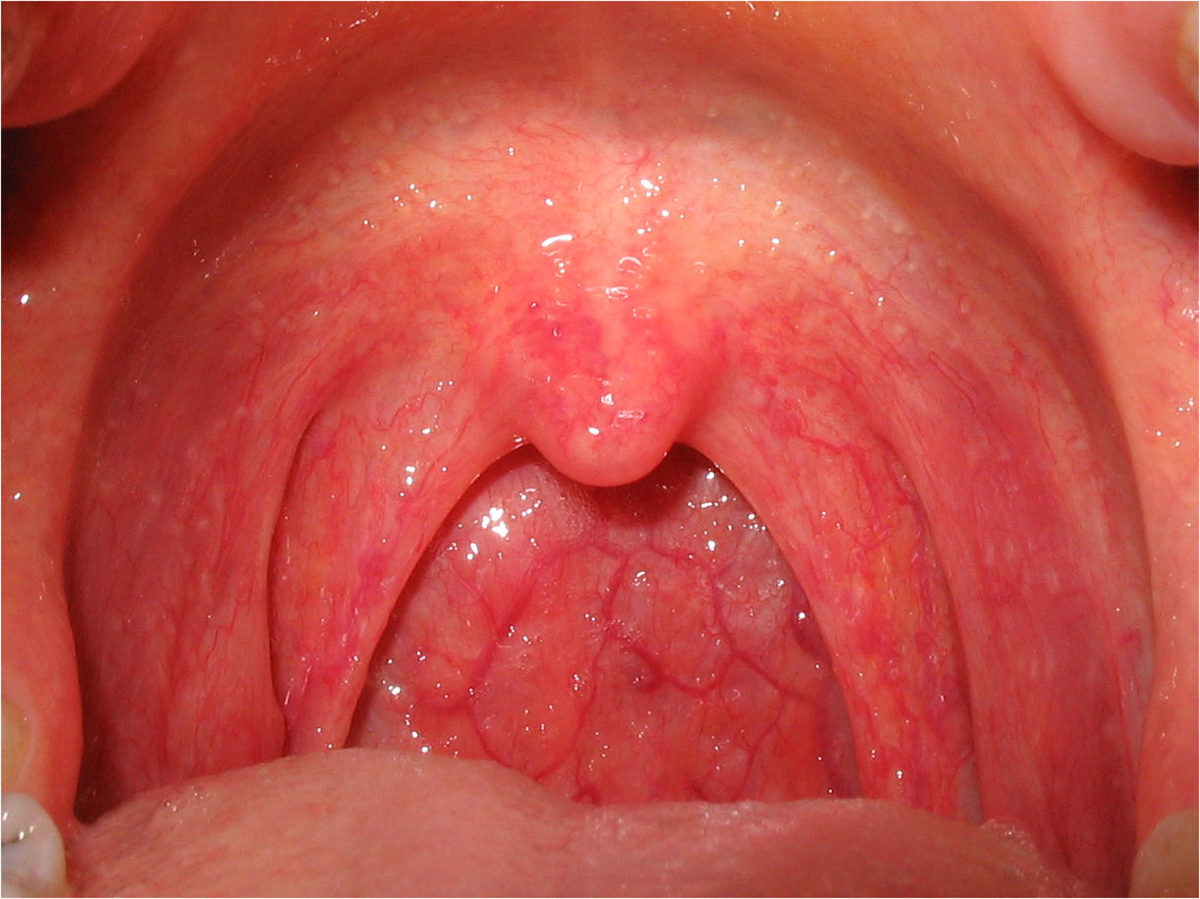
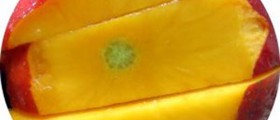
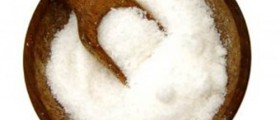

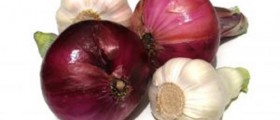
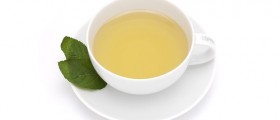

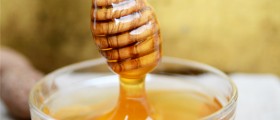
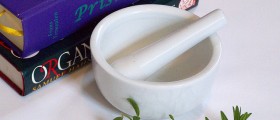







Your thoughts on this
Loading...